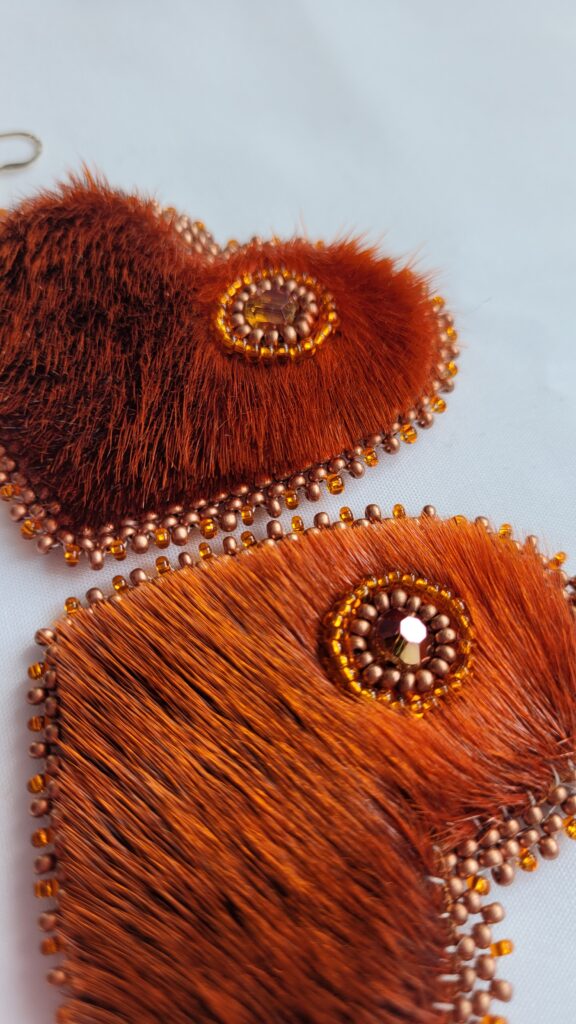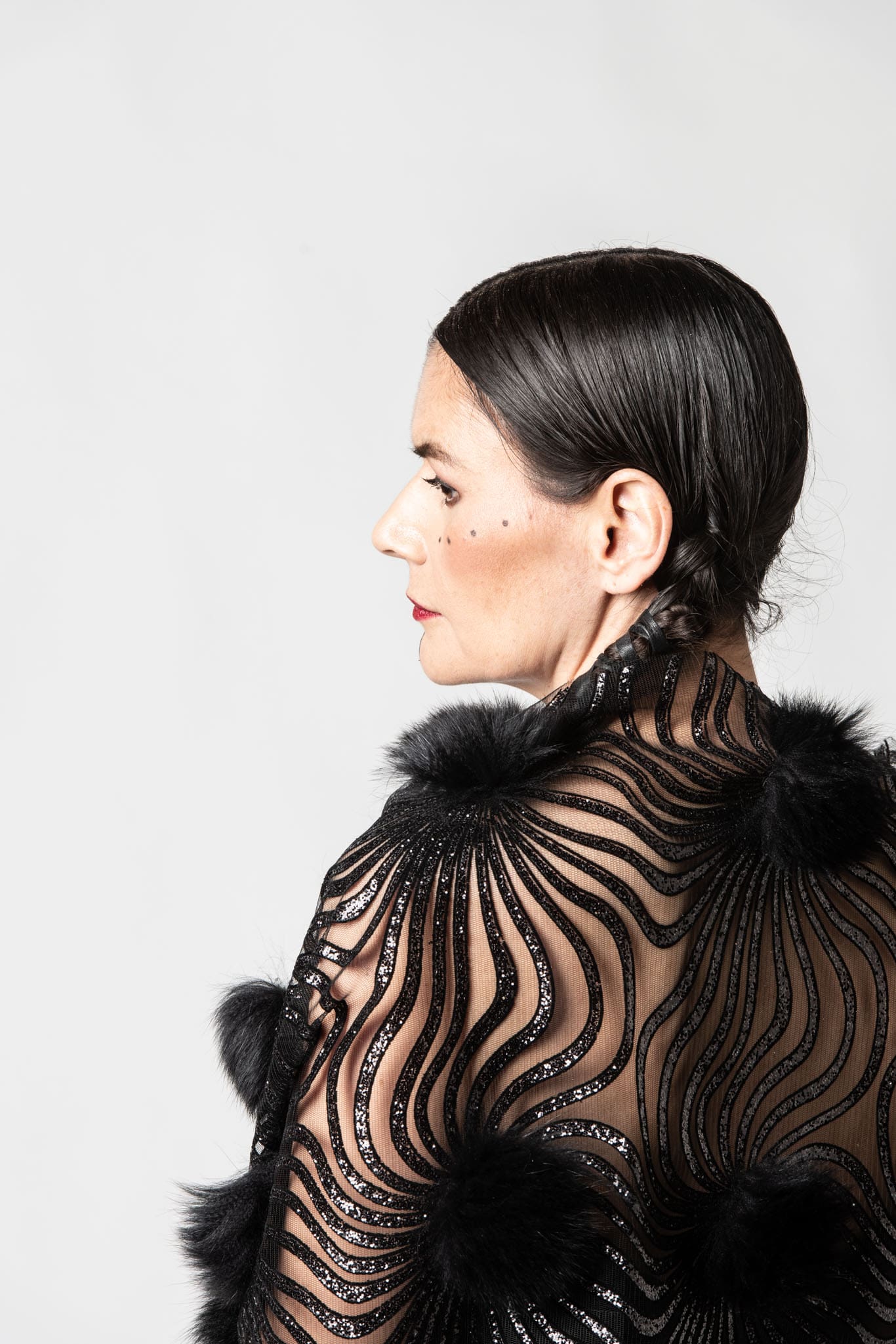Some call it art. Others call it craft. But to the Indigenous people who make beautiful things by hand, it is so much more. The pieces, and the practices used to make them, are tied to identity, self-expression, cultural preservation—and, of course, a means to keep the lights on. “It’s an expression of our Indigenous identity and our Indigenous culture, but it’s even more than that,” says Manitoba-based MLA Nahanni Fontaine, who is Ojibway from the Sagkeeng Anishinaabe First Nation. “It’s an expression of who we are as Indigenous women.”

The intricate beadwork, garments made from buttery-soft hides and other forms of First Nations artistry have been passed down for millennia. While these practices have endured many threats—in myriad ways post-colonization—many people may not realize how prevalent those threats still are.
Perhaps most well-known are the various international bans on seal products— like the Marine Mammal Protection Act in the U.S. and the E.U. ban on the seal trade—which have devastated the traditional way of life for Inuit. “All of these decisions are made by people outside of these Indigenous communities. But the impacts on the Indigenous communities are catastrophic,” says Johanna Tiemessen, manager of arts and traditional economies for the Government of Northwest Territories. She works with non-profit Proudly Indigenous Crafts & Designs to help change the perception of seal products, while providing a platform for artists to sell their work and tell their unique stories.
Crafts that use fur and skins are actually part of the process that ensures all of the animal is used. “From harvesting the animal, they use all the parts. Tan the hide to make footwear, to make clothing. Use the quills from a porcupine to decorate that. Those are all traditional practices that their ancestors did,” says Tiemessen.
Taalrumiq is an Inuvialuk artist who carries on traditional artistry through her work. And under her careful hand, age-old traditions get a modern update. Fur and animal leather add an element of luxury to any article of clothing, but Taalrumiq sets her work apart with modern touches like metallic hues and glitter. Among the items she currently has up for purchase are rainbow-coloured fringe earrings that dangle from a tufted cloud of fur. Her necklaces, cowl scarves and home goods are just as creative. “I come from a long matrilineal line of Inuit women, and they sewed for survival. Using these materials helps me to express myself artistically. But it’s also a form of survival, as this is my livelihood,” she says.
While those in the Far North learn to adapt to bans that threaten their way of life, similar issues are taking place a little closer to the 49th parallel. This past May, one of Manitoba’s correctional facilities suddenly stopped allowing the women housed there to sell their beadwork. As an MLA, Fontaine is used to advocating for Indigenous women and girls, so it was little surprise when she spoke out. “I really want to stress that [this network] is something that started from the women themselves. As a means of empowerment. As a means of financial independence. As a means of healing and cultural reclamation,” she says. “Here was an attempt by women who are currently incarcerated to have some semblance of control and independence over their own lives. And in seeking that connection with our culture, and in seeking healing.”
Sandra Burling is an integral part of this network. She provides a platform for the sale of hand-beaded pieces made by women at several facilities through the Instagram page @womenhelpingwomen_beadwork. A quick look at her page shows the range, creativity and artistry of these women, captured in multi-coloured earrings, dreamcatchers, lanyards and necklaces. Designs run the gamut: from more traditional geometric patterns to modem interpretations, like the statement-making tiny orange shirts in the spirit of Every Child Matters.
Burling fell into her philanthropic role—“I never really thought of it like that,” she says—by accident. Although once the ball was rolling, she recognized the need. “I’m just happy to be a little person in the background,” she says. “To show them some kind of support. When they’re released, maybe they don’t have a lot of support. Maybe they don’t have a lot of resources. Don’t have an income.”
The women inside the correctional facility can still do beadwork, and buy beading materials at the canteen, but they can only sell their work upon release. “That the state comes in, and then unilaterally makes decisions about what they can do with their beadwork,” says Fontaine, “that’s just wholly unacceptable.” The money the women earn isn’t a lot, but it’s enough to send home or buy gifts for kids at Christmas—or necessities. “One girl hasn’t had glasses in years,” says Burling. “So $200 helped her buy a new pair.”
It’s more than just arts and crafts. These works are a key to the past and, for many, a key to the future. “Through my work I’m sharing stories not only of my family, but my people. Of Canada’s history. And contributing to cultural preservation,” says Taalrumiq. “I just know that it’s in my blood to create, and not only for artistic expression, but survival.” —Jill Von Sprecken

Be the first to comment